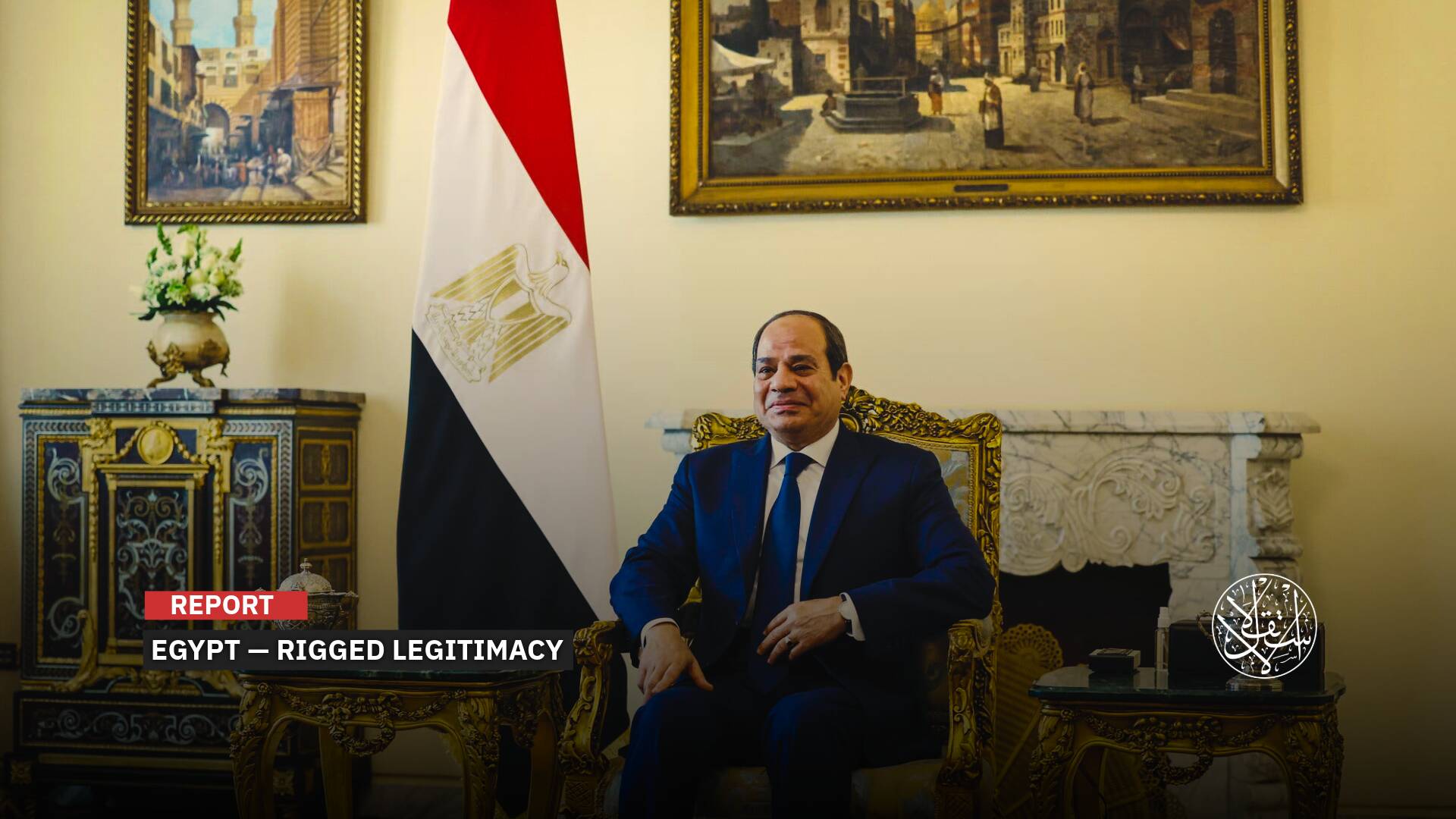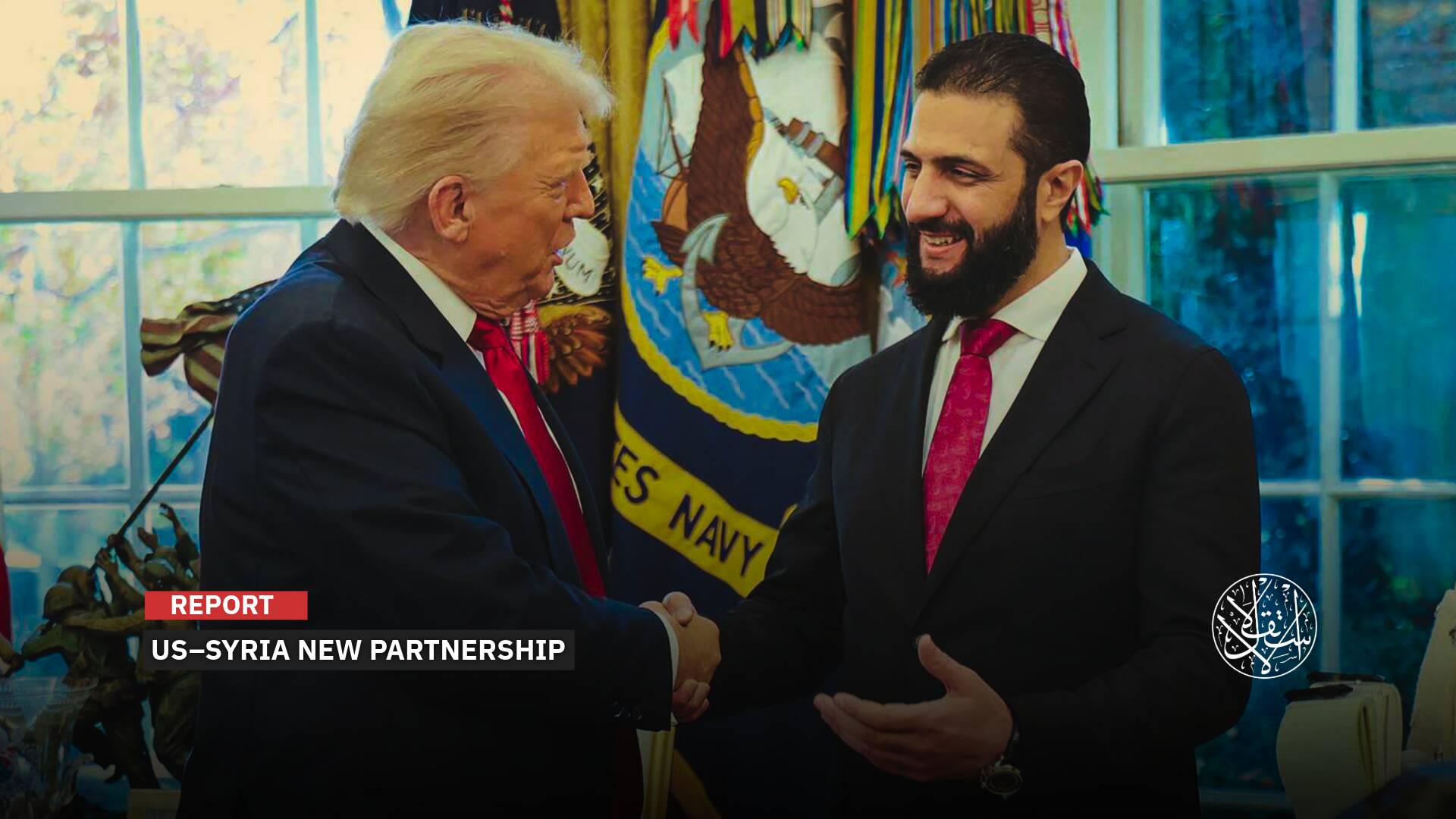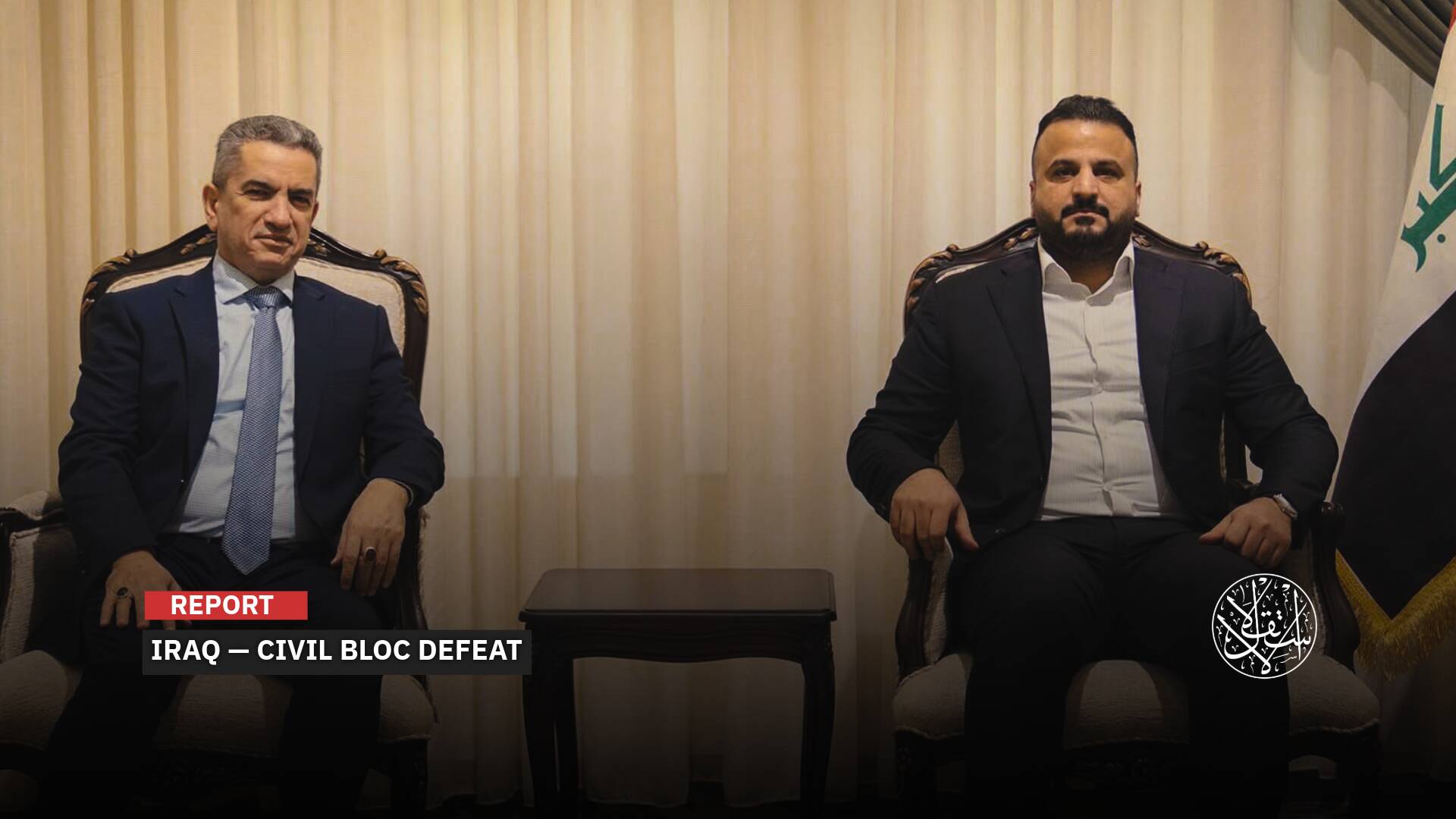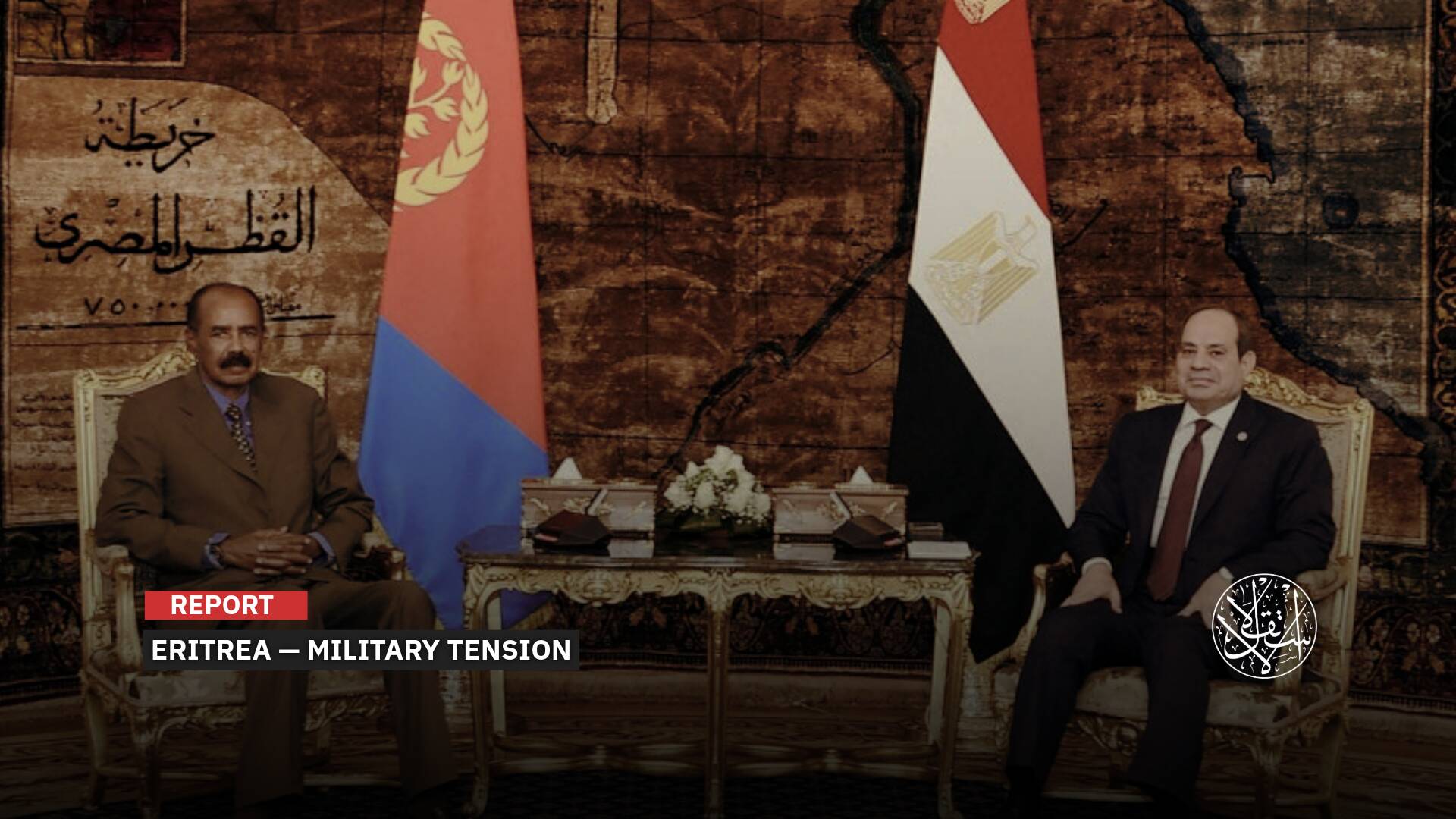The ‘American Balfour Declaration’: Win for ‘Israel’ or a Shift Toward Palestinians?
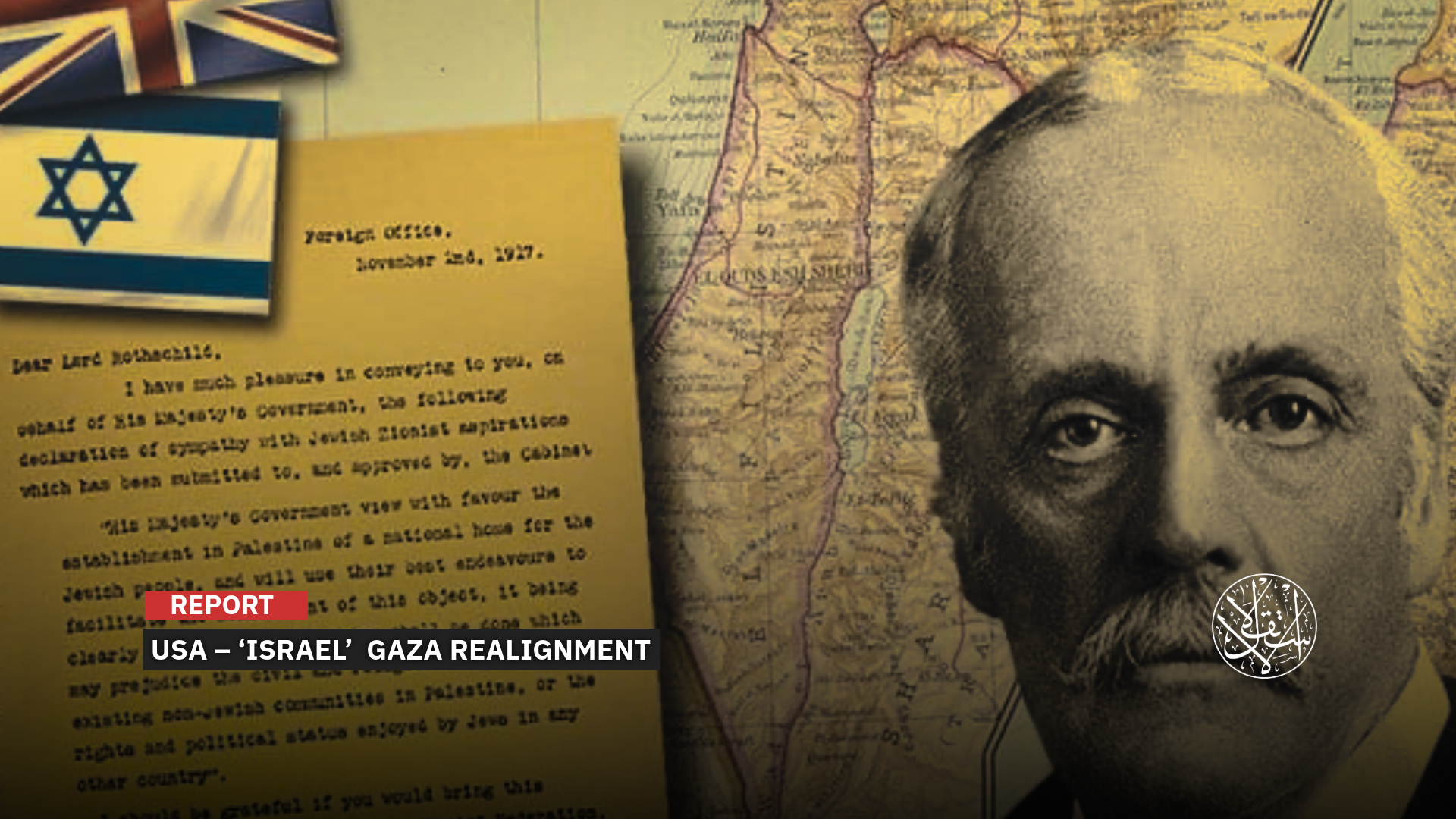
Occupation authorities were blindsided by Washington’s request, approved by Netanyahu, to begin “New Gaza” construction.
Since the UN Security Council endorsed President Donald Trump’s plan for Gaza on November 17, 2025, debate has barely paused over whom it benefits, and whether it serves “Israel” or offers an advantage to Hamas and the Palestinian Authority.
What exactly is meant by the “American Balfour Declaration”? Is there any chance it will endure? And what does the new American “track” toward a Palestinian state actually signify?
“Israel” describes the plan, and its references to a Palestinian state, as nonbinding, while Hamas condemns it for failing to meet the needs of Gaza’s population and placing them under international trusteeship.
Experts argue that Trump’s plan is unlikely to deliver progress under a Republican administration, but could be used as a legal anchor by a future Democratic administration to apply pressure on “Israel.”
The global BDS movement labeled November 17, 2025, the day the Security Council adopted the joint U.S.-Israeli resolution, as one that “will be etched into the history of the United Nations as a day of shame.”
The movement quoted Craig Mokhiber, the former senior UN human rights official, as saying, “Not a single member of the Council had the courage, principle, or respect for international law to vote against this US-Israel colonial outrage.”
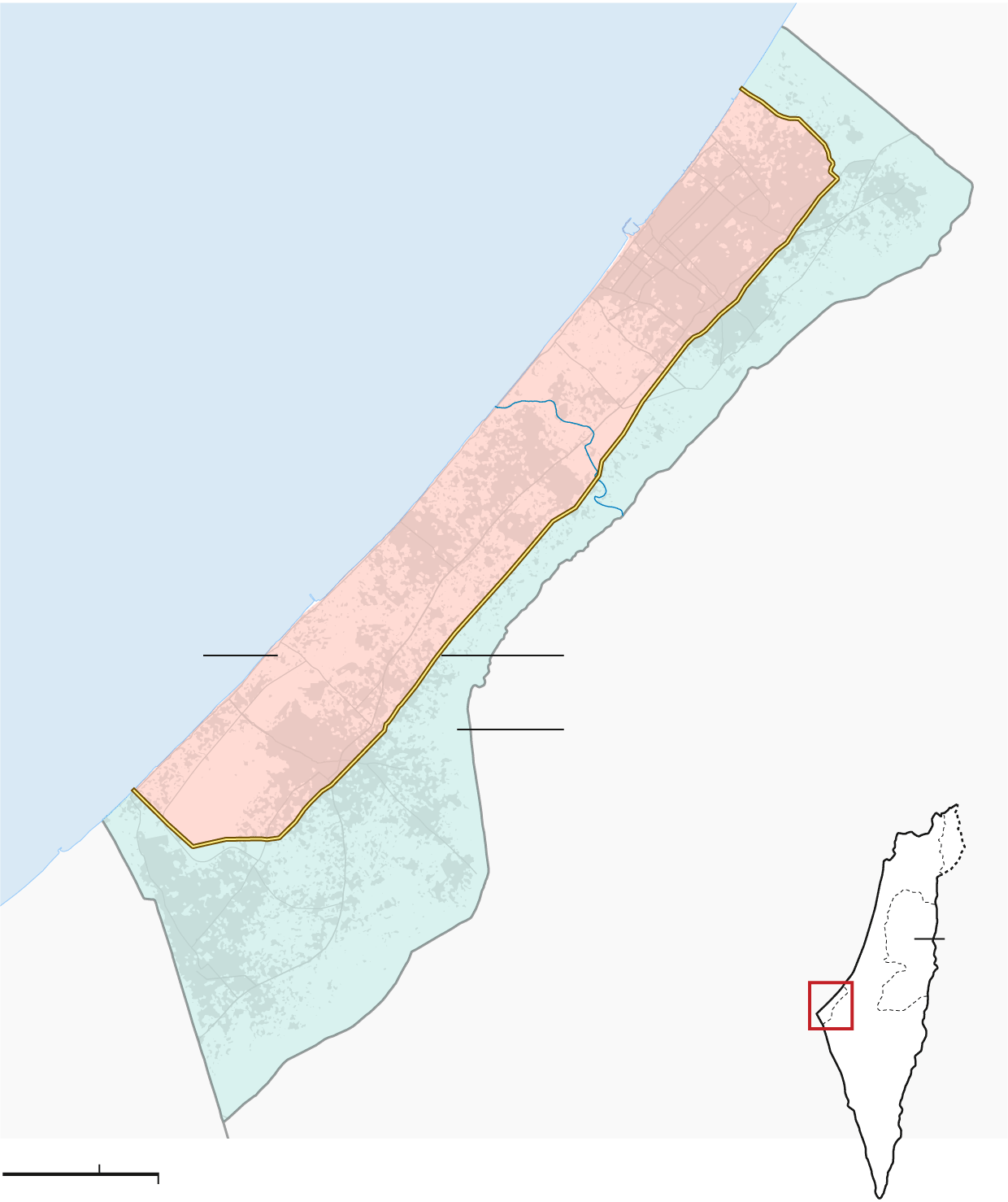
Two Conflicting Narratives
Debate around Trump’s plan, particularly his pledge to establish a Palestinian state, which some in “Tel Aviv” have dubbed the “American Balfour Declaration,” has crystallized into two opposing visions.
The first sees the resolution as serving “Israel’s” interests, since the Gaza Strip would be placed under a council administered by the Trump team, effectively a new form of colonial mandate.
It is believed that the international force could play a role resembling an occupation, potentially clashing with the resistance under the pretext of disarmament, a concern hinted at in Hamas’s statement rejecting or expressing reservations about the resolution, despite Egypt’s categorical dismissal of such a scenario.
This view has been reinforced by reports published on November 14, 2025, in the Guardian and Haaretz, which claim that the United States is planning, in the long term, to divide Gaza into two zones: a green zone under Israeli and international military control, and a red zone that has been devastated and almost entirely depopulated.
The reports, citing leaked documents from U.S. Central Command, describe plans for foreign forces to deploy east of the “yellow line,” the area under Israeli control, which would be transformed into a “new Berlin Wall.”
Reconstruction would be limited to the green zone under the control of the occupation and international forces.
Haaretz quoted Israeli defense officials saying the Yellow Line is becoming 'Gaza's Berlin Wall,'
The paper said the occupation authorities were taken aback by a request from Washington, approved by Netanyahu, to allow the start of construction on “New Gaza,” a reconstruction project in areas under Israeli Occupation Forces’ control east of the yellow line.
The first phase would begin with rebuilding Rafah, which was destroyed by the army during the war, followed by the reconstruction of other towns east of the yellow line, including the northern parts of the Strip.
Once work is completed in each area by companies from intermediary states, the army would withdraw, dividing the Strip along the yellow line into “New Gaza” in the east and “Old Gaza” in the west, where around two million people live under Hamas rule.
Haaretz quoted an Israeli Occupation Forces source describing the line as “Gaza’s Berlin Wall,” even though it had initially been intended as a temporary boundary.
Senior officials in the Israeli Occupation Forces say there is growing uncertainty over Washington’s future plans for Gaza, plans that appear to have been accepted by Netanyahu’s government in secret negotiations without involving the security establishment, according to Haaretz.
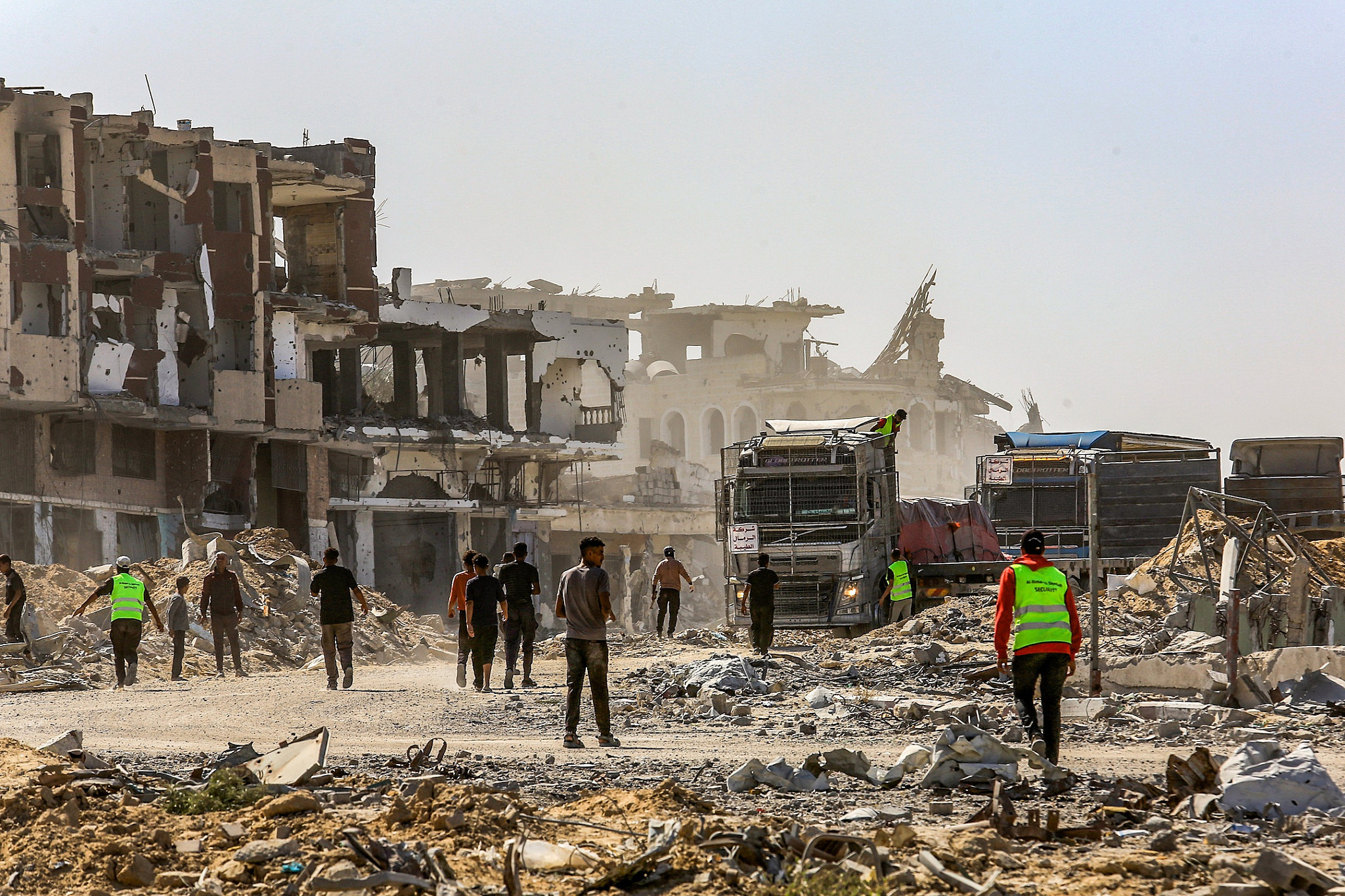
Against ‘Israel’s’ Interests!
The second view considers the “American Balfour Declaration,” and the Security Council resolution on the Gaza Strip more broadly, as a form of UN intervention that, in the eyes of Israeli analysts, will reshape the conflict in ways that run counter to the Israeli interests and constrain its freedom of action in Gaza, with the possibility that such restrictions could eventually extend to the West Bank.
These analysts argue that the Security Council resolution has created a new political precedent that will be extremely difficult for “Israel” to reverse.
Under this precedent, “Israel’s” ability to manage the Israeli war on Palestine independently has been diminished, turning the war into an international one through UN involvement.
Israelis fear that this precedent could become a template for similar measures in the West Bank in the future.
The Israeli journalist Barak Ravid wrote on the “Mako” website, part of Channel 12, on November 18, 2025, that “the Security Council resolution creates a precedent that will change the face of the Israeli war on Palestine,” noting that, for the first time, an international military force will be deployed in the Gaza Strip.
Ravid explained that over the course of 58 years since the occupation of the West Bank and Gaza, “Israel” has tried, by every possible means, to block any direct international intervention in the war.
The resolution, he argued, amounts to an international intervention against the wishes of Netanyahu’s government.
The resolution grants two international bodies temporary administration over the Gaza Strip: the “Peace Council,” which will act as a provisional government, and the International Stability Force, which will function as a temporary army.
These entities will operate “in coordination” with “Israel,” but they will not receive orders from it, meaning “Israel” will find itself “forced to adhere to their direction.”
According to Yaffa New Network, “The Security Council resolution on the Gaza Strip has established a political precedent that will be very difficult for Israel to reverse. On the contrary, this precedent may serve as a model for similar moves in the West Bank in the future.”
This view is reinforced by reporting in Haaretz on the “New Gaza” plan, the reconstruction of Rafah and other areas under Israeli control, which argues that “Tel Aviv” is “losing its ability to influence Washington’s planning,” since these plans are being shaped through pressure on Netanyahu and without consultation with the Israeli Occupation Forces.
The paper wrote that “Washington is seeking to begin reconstruction in areas under Israeli control in Gaza, widening the decision-making gap between Washington and the Israeli army, which believes its influence is fading and fears that arrangements will be implemented on the ground without its consent.”

Trump’s Gaza Plan
Several Trump administration officials have expressed concern that the Gaza agreement could collapse, due to the difficulty of implementing many of its core provisions.
This is according to internal documents, the findings of which were published by Politico on November 11, 2025, questioning whether the plan could move to its second phase.
Even so, the documents, which contain no classified material, indicate that the administration remains committed to the Gaza agreement despite its complexity.
One of the organizational charts included in the files outlines plans for a broad American role in Gaza that goes beyond security issues and extends to oversight of economic reconstruction.
Hebrew-language reports, meanwhile, have pointed to a deadlock in moving to the second phase of Trump’s plan. Haaretz quoted senior Israeli officials saying the impasse stems primarily from disagreements over forming the international force and disarming Hamas.
The paper added that these disagreements have heightened fears of a scheme to divide the Gaza Strip between areas under Israeli control and those “Israel” has withdrawn from under the ceasefire agreement.
The Cradle published an analysis on November 20, 2025, arguing that “There was never going to be a phase two, the ceasefire was the strategy.”
“But the moment the resistance fulfilled its commitments by delivering captives, returning remains, and upholding every clause, the mask slipped. Tel Aviv’s intent was never to advance to a second phase, but to extract what it could, then stall, shift the goalposts, and reassert control through other means. ”
According to the Cradle, “The ceasefire, brokered under the guise of relief, was engineered by Tel Aviv and Washington as a tool to restore their grip – not just on Gaza, but on the broader terms of war and peace in West Asia.”
“Western powers have long used negotiations as mechanisms to relegitimize their dominance. The language of international law, the architecture of diplomacy, and even the vocabulary of humanitarianism are all routinely weaponized to serve the interests of imperialism.”
According to the analysis, behind the public statements and procedural delays lay a deeper plan to turn the truce into a pivot point that would reshape Gaza’s future in a way that sidelines Palestinians entirely.
The ceasefire process, it said, became an instrument of dominance fashioned by the very powers that had driven Gaza into catastrophe through their military and political machinery.
Among the most consequential of these efforts is the imposition of the so-called “yellow line,” a geographic partition that effectively divides Gaza into north and south, turning a temporary military arrangement into a lasting political rupture.
On this basis, the central question becomes not why the second phase is being delayed, but who is delaying it, why, and within what political structure the process is being managed.
“According to senior Palestinian Islamic Jihad (PIJ) official Mahfouz Munawwar, the resistance has not signed off on any post-conflict political arrangements. The only agreement signed was the first phase. Everything else, including discussions on governance and security in Gaza, was deferred to a future intra-Palestinian consensus. Disarmament is not on the table. It will only be discussed once the occupation ends,” as reported in the Cradle.
“That truth collapses the myth – widely circulated in Israeli media – that the resistance has implicitly accepted phase two. It has not. It has held the line that any political future for Gaza must be decided collectively by Palestinians, not imposed by foreign powers.”
Four Reasons the Second Phase Is Stalled
Sources from Hamas and Islamic Jihad, cited by The Cradle, point to four fundamental reasons behind “Israel’s” obstruction of the second phase of the Gaza ceasefire plan:
1. Acknowledging the failure of the war:
Moving to the second phase would amount to an official admission that “Israel’s” military campaign has failed, as there is broad consensus inside Israel that the operations did not achieve their intended objectives.
The political and military leadership therefore prefers to keep the process suspended in order to buy time, hoping to regain lost leverage and control.
2. American double standards:
Washington plays a dual role. It publicly pressures “Tel Aviv” to comply with the second phase, while simultaneously allowing the Israeli Occupation Forces to redefine the terms of implementation. This contradictory stance creates a gray zone that “Israel” exploits to its advantage, hindering progress.
3. Far-right fears of withdrawal:
“Israel’s” far-right government views any withdrawal as a form of capitulation. It believes that moving forward with the ceasefire threatens the cohesion of the ruling coalition, potentially triggering a domestic crisis and the government’s collapse.
4. “Tel Aviv’s” unrealistic demands:
Israel is attempting through negotiations to extract what it failed to impose by force, demanding the disarmament of the resistance without offering concessions, the destruction of tunnels without engaging in battles, international oversight of Gaza without accepting responsibility, and the permanent separation of Gaza from the occupied West Bank.
The Israeli military analyst, General Itzhak Brick, known in “Tel Aviv” as “the prophet of rage,” had early on predicted on Israel’s Channel 12 on October 21, 2025, that Hamas’s survival and retention of its weapons would obstruct the second phase of the Gaza plan.
According to the Middle East Monitor, “The Israeli army has exhausted its energy without being able to break the back of the Palestinian resistance,” Brick said. “The leadership is deceiving the public by claiming that a decisive victory is near, while in reality, Israel is mired in a prolonged war of attrition that threatens internal collapse.”
Brick added that Israel has not accomplished its key goals, including destroying Hamas, restoring deterrence, and securing border settlements near Gaza. He revealed that the army has destroyed only about 20 percent of Hamas’s tunnel network — a key component of the group’s military infrastructure.
He further noted that assessments suggesting Hamas is close to defeat are “incorrect and misleading,” asserting that the movement has rebuilt its military capabilities and now fields over 30,000 fighters, according to internal security reports.
Brick also criticized the army’s heavy dependence on airstrikes, arguing that air power alone cannot bring victory. “The ground forces suffer from a lack of readiness and organization,” he said. “The current war is being waged without a clear strategic plan.”

A Palestinian State or a Symbolic Gesture?
What most infuriated Israelis in Trump’s plan and Security Council Resolution 2803 was the clause referring to “a pathway toward a Palestinian state.”
The resolution speaks of “creating a credible process that allows the Palestinian people to exercise self-determination and establish the Palestinian state.”
Although the text links the “availability of conditions to form a credible pathway toward self-determination and the establishment of a Palestinian state” to what it calls “the faithful implementation of the Palestinian Authority’s reform program and progress in Gaza’s redevelopment,” the clause triggered widespread controversy, despite some parties insisting it is “a meaningless provision.”
As reported in Yedioth Ahronoth, Dr. Harel Chorev, a senior researcher at the Moshe Dayan Center for Middle East and African Studies, the Trump administration is “not truly committed to this, which is why it is unlikely to advance in practice during his term. However, once a Democratic administration comes in, this becomes a legal, declarative anchor it can use.”
“The current U.S. administration is not really committed to a Palestinian state, so I do not see it moving forward in any practical way,” Chorev says. “But when a Democratic administration takes office, it might use this as leverage over Israel.”
His remarks refer to the American-backed resolution that passed this week in the UN Security Council, endorsing President Donald Trump’s plan for ending the war in Gaza and promising “a path to a Palestinian state.”
He argued that the American statement included the “path to a Palestinian state” for two main reasons:
1. To attract as many Arab partners as possible to support the plan and grant legitimacy to the “day after” mechanisms, which entail disarming Hamas and ending its rule in Gaza.
2. To advance the expansion of the Abraham Accords, since broadening normalization is impossible without a “pathway” to a Palestinian state.
Although Saudi Crown Prince Mohammed bin Salman set a five-year timeline for such a pathway, the current U.S. administration, which follows a Republican approach, is not in fact committed to establishing a Palestinian state. It is not part of its ideological framework, unlike previous Democratic administrations.
The researcher noted that the resolution is not only a practical statement aimed at Hamas, given that it requires disarmament and the transfer of authority to international supervision, but also contradicts Hamas’s own vision for governing Gaza.
He added that the Palestinian Authority is seeking to benefit from Trump’s plan, and may attempt to revise Palestinian school curricula to align with Israeli and American conditions, which call for “reforms” to meet the requirements of the Security Council plan.
Sources
- The ‘American Balfour Declaration’: What the new US 'pathway' to a Palestinian state really means
- Trump has promised peace for Gaza. Private documents paint a grim picture
- There was never going to be a phase two, the ceasefire was the strategy
- US military planning for divided Gaza with ‘green zone’ secured by international and Israeli troops
- UN Security Council shamefully votes to endorse illegal and colonial Trump-Netanyahu plan for Gaza
- Retired Israeli general: Israel has reached a point of no return in Gaza war





